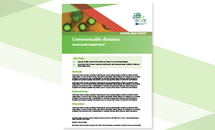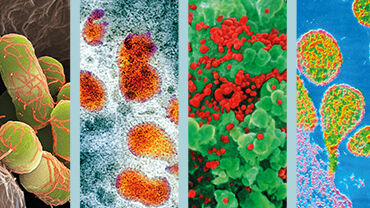Giardiasis (lambliasis) - Annual Epidemiological Report for 2019
In 2019, 18 004 confirmed giardiasis cases were reported in the EU/EEA. The EU/EEA notification rate was 5.2 cases per 100 000 population. The highest notification rates were reported in Belgium and Bulgaria. The EU/EEA notification rate was stable in the period 2015–2018, with a drop in 2019, the reasons for which have yet to be determined. The highest notification rate per 100 000 population was observed in the age group 0–4 years (16.5 for males and 15.0 for females).
Giardiasis is a common parasitic infection worldwide, caused by the protozoan Giardia lamblia (syn. G. duodenalis, G. intestinalis). The disease may be asymptomatic and self-limiting, or characterised by fatigue, bloating, acute diarrhoea and other chronic gastrointestinal symptoms. Infection occurs frequently via ingestion of cysts found in contaminated water (water-themed recreational activities, swimming pools or drinking water) or food, but person-to-person transmission may also occur, e.g. through sexual transmission.
Download







